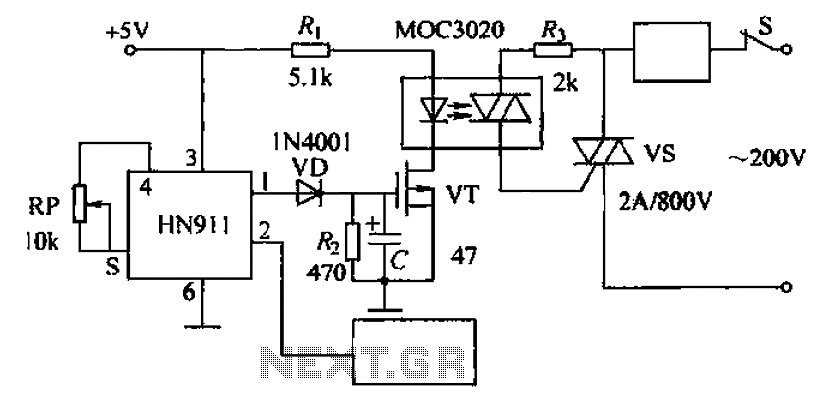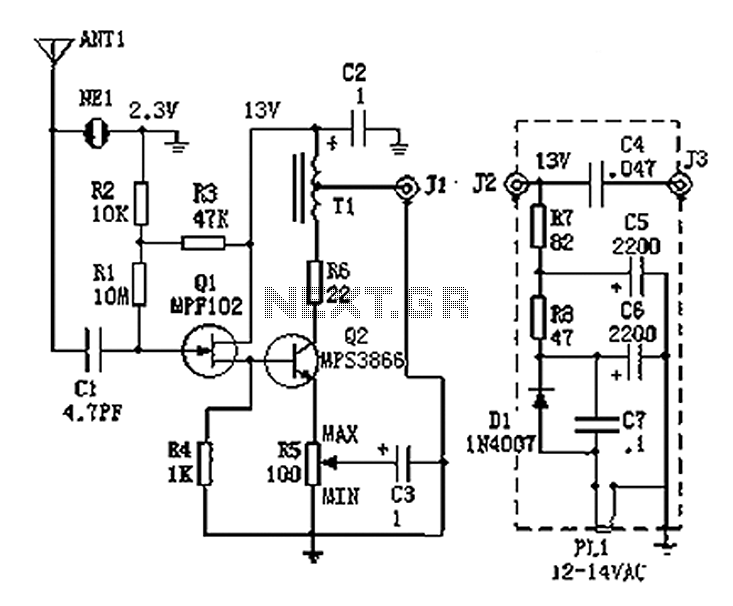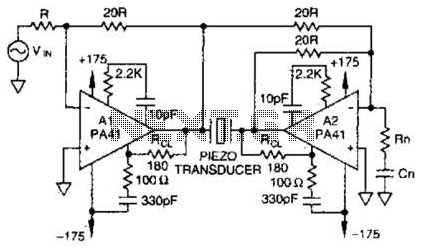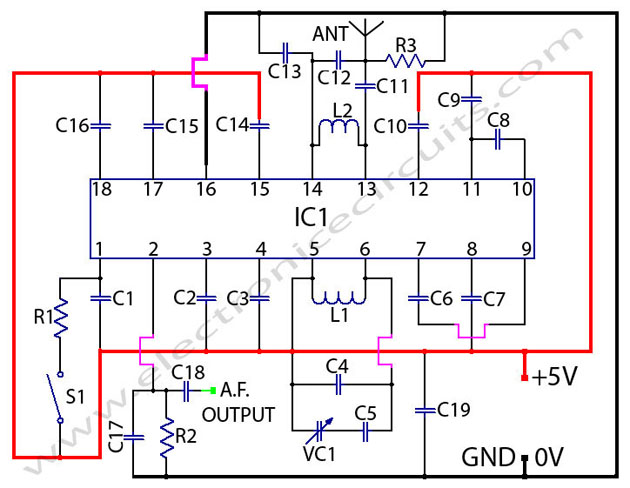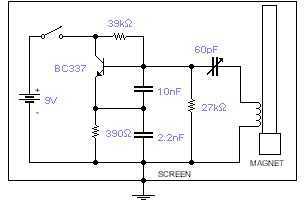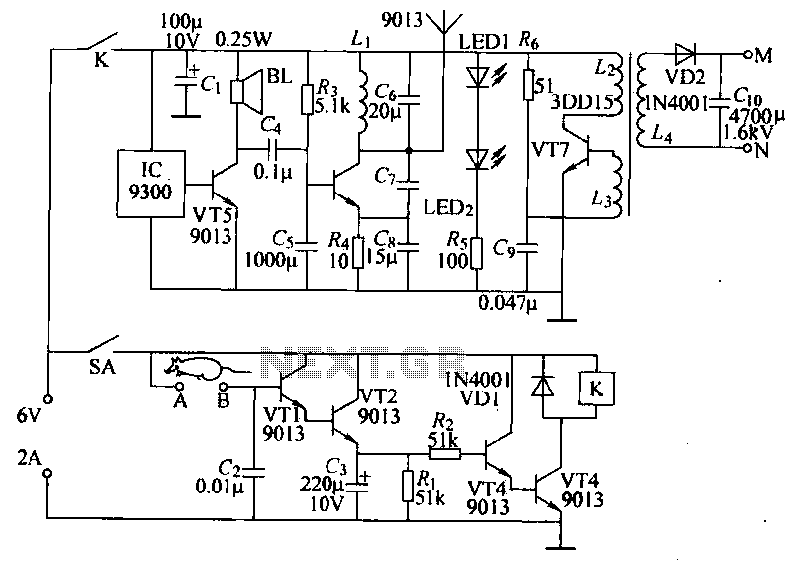
Solar Charger Circuit for 6V 4.5Ah Battery
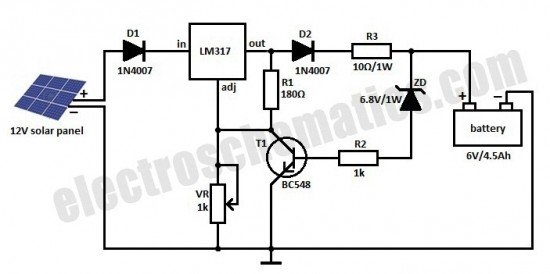
This is a solar charger circuit designed to charge Lead Acid or Ni-Cd batteries using solar energy. The circuit captures solar energy to charge the batteries.
The solar charger circuit typically consists of several key components, including a solar panel, a charge controller, and the battery storage system. The solar panel converts sunlight into electrical energy, which is then directed to the charge controller. The charge controller regulates the voltage and current coming from the solar panel to ensure that the batteries are charged efficiently and safely, preventing overcharging and potential damage.
In this circuit, a diode is often included to prevent reverse current flow, which could discharge the batteries back into the solar panel during low-light conditions. Additionally, capacitors may be used to smooth out the voltage output from the solar panel, ensuring a stable charging process.
For Lead Acid batteries, the circuit may include a voltage regulator to maintain the appropriate charging voltage, typically around 13.8 to 14.4 volts. For Ni-Cd batteries, the charging voltage is usually lower, around 1.4 to 1.5 volts per cell. The circuit can be designed with adjustable settings to accommodate different battery types and sizes.
Safety features might include thermal protection to prevent overheating and fuses to protect against short circuits. The overall design aims to provide an efficient and reliable method for harnessing solar energy to charge batteries, making it suitable for off-grid applications and renewable energy projects.Here is a solar charger circuit that is used to charge Lead Acid or Ni-Cd batteries using the solar energy power. The circuit harvests solar energy to char.. 🔗 External reference
The solar charger circuit typically consists of several key components, including a solar panel, a charge controller, and the battery storage system. The solar panel converts sunlight into electrical energy, which is then directed to the charge controller. The charge controller regulates the voltage and current coming from the solar panel to ensure that the batteries are charged efficiently and safely, preventing overcharging and potential damage.
In this circuit, a diode is often included to prevent reverse current flow, which could discharge the batteries back into the solar panel during low-light conditions. Additionally, capacitors may be used to smooth out the voltage output from the solar panel, ensuring a stable charging process.
For Lead Acid batteries, the circuit may include a voltage regulator to maintain the appropriate charging voltage, typically around 13.8 to 14.4 volts. For Ni-Cd batteries, the charging voltage is usually lower, around 1.4 to 1.5 volts per cell. The circuit can be designed with adjustable settings to accommodate different battery types and sizes.
Safety features might include thermal protection to prevent overheating and fuses to protect against short circuits. The overall design aims to provide an efficient and reliable method for harnessing solar energy to charge batteries, making it suitable for off-grid applications and renewable energy projects.Here is a solar charger circuit that is used to charge Lead Acid or Ni-Cd batteries using the solar energy power. The circuit harvests solar energy to char.. 🔗 External reference
Warning: include(partials/cookie-banner.php): Failed to open stream: Permission denied in /var/www/html/nextgr/view-circuit.php on line 713
Warning: include(): Failed opening 'partials/cookie-banner.php' for inclusion (include_path='.:/usr/share/php') in /var/www/html/nextgr/view-circuit.php on line 713
